How To Lose a Guy in 10 Days? In one of the highly successful American romantic comedies of the early 2000s, a young lady makes a bet with her girlfriends that she will be able to completely disillusion her suitor in ten days. Donald Trump, the President of the United States, did the same thing with the partners closest to him, in not ten, but in politics for a mind-blowingly short time, in only 30 days.
In the first month of his second term in office, the Republican president raced like a loose ship’s cannon to overturn almost everything to show the world what he meant by „America first” as his campaign promise. Perhaps the most unusual and at the same time the most astonishing thing about the operation of the new American administration, which radically broke up with the policies of its predecessor, is that it primarily engages not its rivals and enemies, but the traditional allies of the U.S., Canada and Europe.
This extremely frustrating process from this side of the Atlantic reached its climax on the last day of winter, when Trump and his vice president, hardliner JD Vance, first humiliated and then literally kicked Ukrainian president Volodymyr Zelensky out of the White House who went there to seek support in the new American leadership after three years of brutal aggression against his country.

President Trump and Vice President JD Vance clash with Ukrainian President Zelenskyy during meeting in Oval Office on Feb. 28, 2025 (Photo: The White House / Wikimedia Commons)
America’s betrayal and siding with the Russian aggressor, or a premeditated charade that is part of the White House’s unorthodox negotiation tactics aimed at quickly achieving peace in Ukraine? The answer – of which we can only speculate at this moment – may define the whole future of Ukraine and Europe. At the same time, Trump 2.0’s activities so far should leave no doubt that we have awakened to a new world in which the community of interests and values that has existed between Europe and the USA for more than a century and is the basis for the security and economic prosperity of the Euro-Atlantic region no longer exists.
Although this does not preclude close cooperation on an ad hoc basis and hopefully the American defense guarantee will remain –at least on paper–, the EU and its allies must now prepare for the worst-case scenario as well.
Five Essential Faultlines Between the EU and the USA
Before we turn to Europe’s paradigm shift of, if not ten days, but say ten months, it is worth taking a look at what conflicts and sources of conflict contrast Europe and the United States as a result of the highly controversial decisions of the Trump administration.
The most worrying thing, because this faultline directly affects European security, is the issue of ending the war in Ukraine.
Regarding this, Washington is giving the impression every day that it has sided with the aggressor, Russian President Vladimir Putin.
With this approach, Trump chains Ukraine and Europe even more together, making it even clearer that Europe’s (future) security begins in Ukraine and depends crucially on the content of the peace agreement and security guarantees.
The second potential point of conflict, related to the first, is the future of NATO and the survival or termination of the military umbrella provided by the United States to Europe.
A few weeks ago, this source of danger seemed manageable if Europeans –as Trump rightly demands– finally significantly increased their military spending, from between 3 and 5 percent of GDP from the current average of 1.9 percent. By the way, this is also in the interest of the EU in the new situation. What is most important here, however, is if Trump would be ready to invoke the fifth article of the NATO’s charter: would he protect his European allies from possible Russian aggression? More and more people in Europe are afraid that he would not.
The third threat is of an economic-commercial nature and is related to Trump’s fixed idea that, in order to balance the trade balance, he will hit the largest trading partners of the USA with significant punitive tariffs.
The announced 25 percent general tariff increase against Canadian and Mexican exports to the United States took effect on March 4. Next on the US President’s list is China, and despite all the public and background lobbying, it seems that the European Union, which Trump says was created to „screw with the US”, cannot escape either.
The 25 percent general punitive tariff waved by the president (one of the main victims of which would be the European automotive industry) is not everything.
According to experts, the American administration is also considering a much more destructive tariff measure in terms of its impact against all trading partners, which apply higher tariffs than the American ones.
What is particularly disturbing is that Trump and his team do not see the general sales tax that exists in the USA, but also in 170 countries around the world, as a malicious sarc, even though the type of tax is completely neutral from a commercial point of view.
„The EU will respond decisively and promptly to unjustified obstacles to free and fair trade. We will protect our consumers and companies” – Olof Gill, the trade policy spokesman of the European Commission, responded to the US president’s as yet unofficial announcement. The American measures already announced and those to be announced will inevitably lead to a trade war, and if only Europe is not able to compromise with Trump, its economy may also sink into recession. During his recent visit to Washington, French President Emmanuel Macron drew the attention of his American partner to the fact that if he hits Europe with costly tariffs, it will not have enough money to increase defense spending, as urged by the USA.

President Donald J. Trump holds a bilateral meeting with French President Emmanuel Macron, Monday, February 24, 2025, in the Oval Office of the White House (Photo: Molly Riley)
In addition to the purchase of American LNG gas, the purchase of American weapons can be the honey string for the American president, who apparently puts everything in the balance in terms of profit, with which a devastating trade war can be avoided.
The fourth serious problem in transatlantic relations is the European management of large American digital platforms and the fact that the tech giants, through Elon Musk, have penetrated the American government and are trying to escape European rules by hiding behind Trump’s political power.
The fourth point is both a commercial and a political problem, since the fines imposed by the EU on Meta, X and others because of bad behavior are seen by the White House as a provocation.
On the other hand – this is probably the most worrying faultline between the EU and the USA, next to Ukraine – Musk, Vance and others openly attack Europe’s political system based on the principles of liberal democracy and the rule of law by accusing the EU of what they do every day they do: by suppressing freedom of speech and pluralism of opinion.
While the US government is increasingly openly supporting Europe’s far-right forces, helping them come to power, as Elon Musk’s fake news campaign in Germany and Great Britain illustrates. So Trump and his aides don’t simply want to shake off Europe, which is an increasing burden in their eyes, but work to weaken European democracies by contributing to the normalisation of the European far-right. Therefore, one of the main questions of the next four years is whether Trump will succeed in dealing a fatal blow to the weakening American democracy. In Europe, we can only hope that it does not.
Europe’s Possible Responses to the Challenge
The one hundred and eighty-degree American turn poses a huge challenge to a Europe that had just enough problems without Trump already. The good news is that the necessary answers would have been timely for a long time anyway, but they lacked the (unified) political will.
But crises – as has happened during Covid and the three-year war in Ukraine – often push the EU to move beyond its own shadow.
With the difference that now the work that was not willing for decades before must be done in record time.
The starting point is that Europe can no longer count on the United States while Donald Trump is sitting in the White House, so it must take its own destiny into its own hands.
As Emmanuel Macron first suggested in his speech at the University of the Sorbonne in 2017: strategic autonomy is the only viable way for the EU in the future. However, this takes time, so smart compromises must be made in the short term. The Bruegel Institute, a Brussels think tank specializing in EU policies, estimates that the EU would have to spend roughly 0.12 percent more of its GDP if it wants to replace the United States in supporting Ukraine.
This, given the extraordinary stakes, seems to be an acceptable cost. In military technology, however, the EU and its allies (Great Britain, Norway and others) still need American weapons, especially reconnaissance, satellite communications, air defense and missiles. This will be particularly important if the Europeans are to guarantee a ceasefire and then a peace agreement with military force.
In the hands of Europeans, the nearly 300 billion dollar Russian central bank reserve, the majority of which is frozen in the EU, can be an important card. This money could be made available to Ukraine on the basis of the law-breaking principle of necessity, despite existing legal reservations. And a deal must be made with the Trump administration in order to ensure the American military presence in Europe for at least a few more years until the EU, possibly a European defense alliance to be established within NATO, is able to take over the task. The package may include the purchase of American LNG, the purchase of American military equipment and even measures to balance the trade balance in the framework of a trade deal. The EU had a trade surplus of 158 billion euros with the US in 2023, but what Trump never talks about is America in services (which includes tech giants).
At the same time, Europe must immediately start developing its defense capabilities, increasing defense spending and creating its own independent defense policy and structures.
There isn’t much time for that. The Baltic states and the Poles expect possible Russian military aggression within three to four years at the earliest, be it territorially limited or extensive. According to Bruegel’s calculations, for this, defense spending should be increased from the current nearly 2 percent of GDP to a European average of 3 and a half percent, which means an additional annual expenditure of 250 billion euros. To finance this cost, another joint debt issue may be necessary in view of the emergency situation. This primarily depends on Germany, which will soon have a new chancellor in the person of the Christian Democrat Friedrich Merz.
Friedrich Merz as Helmut Kohl?
All similes are lame, but newly elected German Chancellor Friedrich Merz may find himself in a Kohlian moment and role.
At the end of the Cold War, Helmut Kohl not only sensed with excellent sense that the moment had come to reunify the divided Germany, but also pushed aside many obstacles and dispelled concerns and realized this.
The challenge facing Friedrich Merz is not much less. It should be able to resurrect the German economy struggling with a structural (and not cyclical) crisis at the same time, and at the same time raise Europe to a higher level.
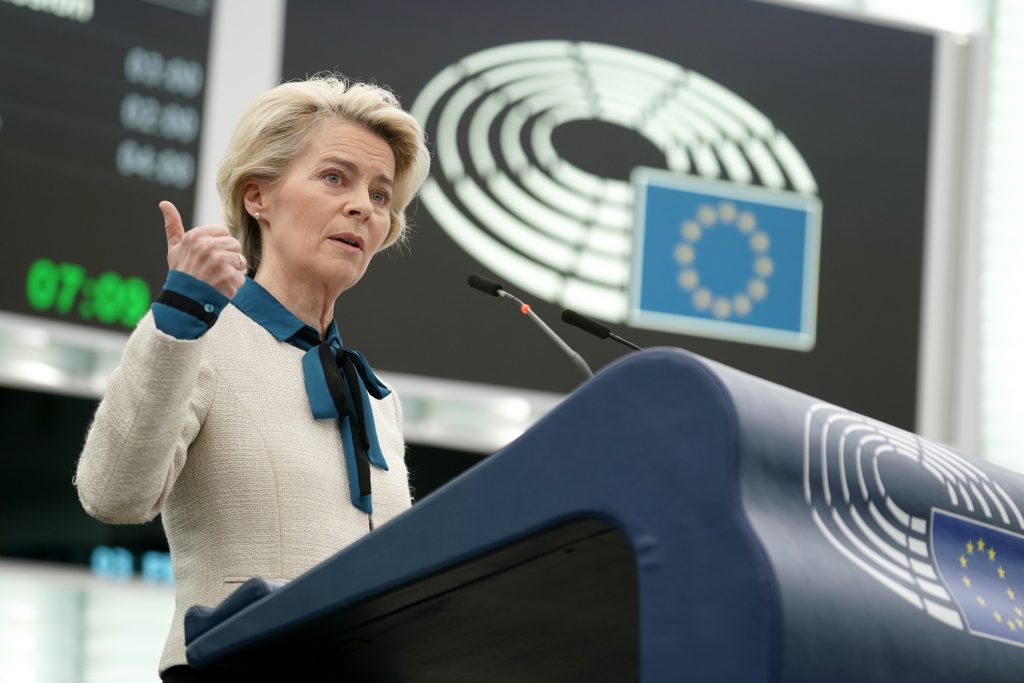
President of the European Commission Ursula von der Leyen at the plenary session of the European Parliament on January 18th 2023 (Photo CC-BY-4.0: © European Union 2022– Source: EP)
But, it is not enough to erect a protective fence, the European house must also be stripped and strengthened. Europe needs to be partially redesigned. It is hard to believe that the transformation can get stuck at the level of defense policy. More than that will probably be needed.
A larger EU budget than at present, increased decision-making efficiency and, if nothing else, a multi-speed or differentiated approach.
Improving competitiveness, breaking down bureaucracy, electrification, eliminating various dependencies (such as rare earth metals) and, related to this, negotiating new free trade agreements with India, for example, by the end of the year. These can not only provide an answer to the growing protectionism and reticence of the United States, but can also strengthen Europe’s influence in the world.
The current predicament in geopolitical relations between the EU and the UK could also open a new chapter after the distancing since Brexit.
All of this sounds good at first, but the question is whether there will be the necessary unity and will within the EU. Let there be no illusions, Trump’s European allies, above all the Hungarian and Slovak prime ministers, are thinking in a completely different scenario, the capitulation of Ukraine and leaving it alone. However, the new European political dynamic seems to point in the exact opposite direction, which can lead to a break in bread between the large majority and the (still) Trumpist minority in Europe even in the short term.
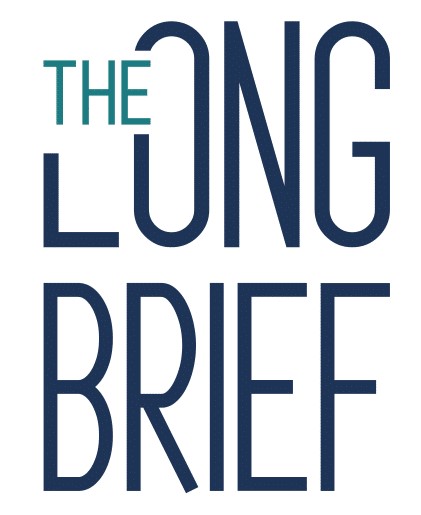
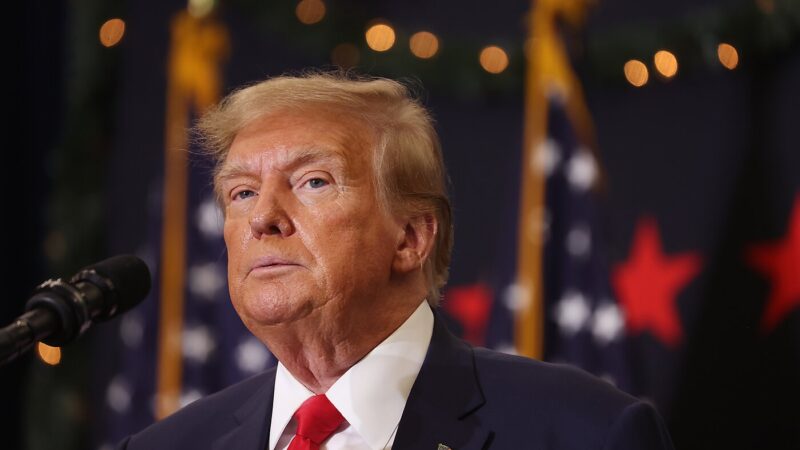
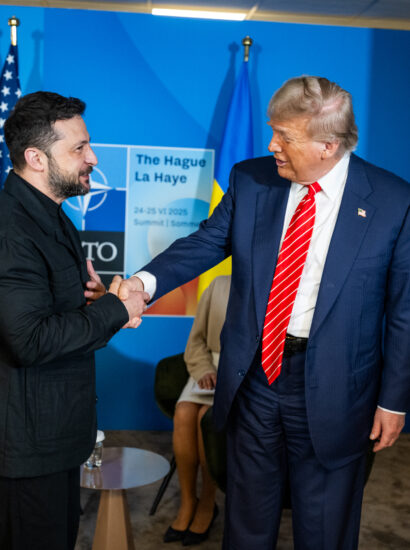
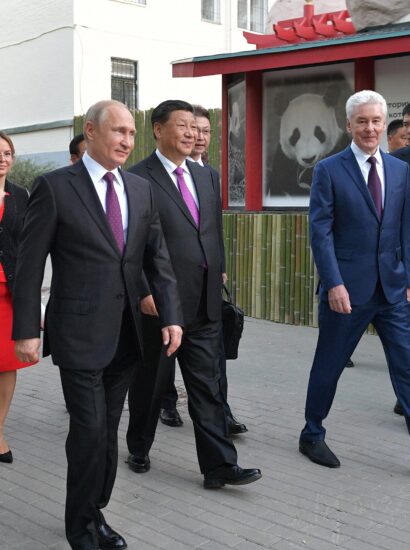
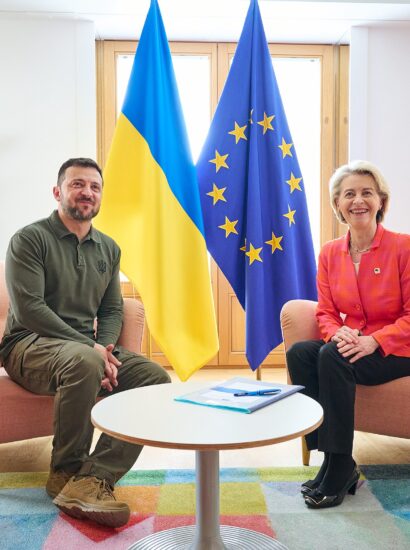

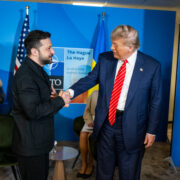
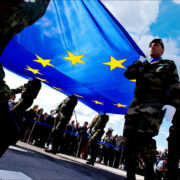
[…] challenges and harness opportunities in modern society, which is being significantly disrupted by geopolitical tensions, digital automation (along with its associated anxieties), and the climate […]
[…] the first secretaries to get the green light from the U.S. Senate, his face and posture during the Vance–Trump ambush of Ukraine premier Volodymyr Zelensky earlier this month was worth more than a thousand […]